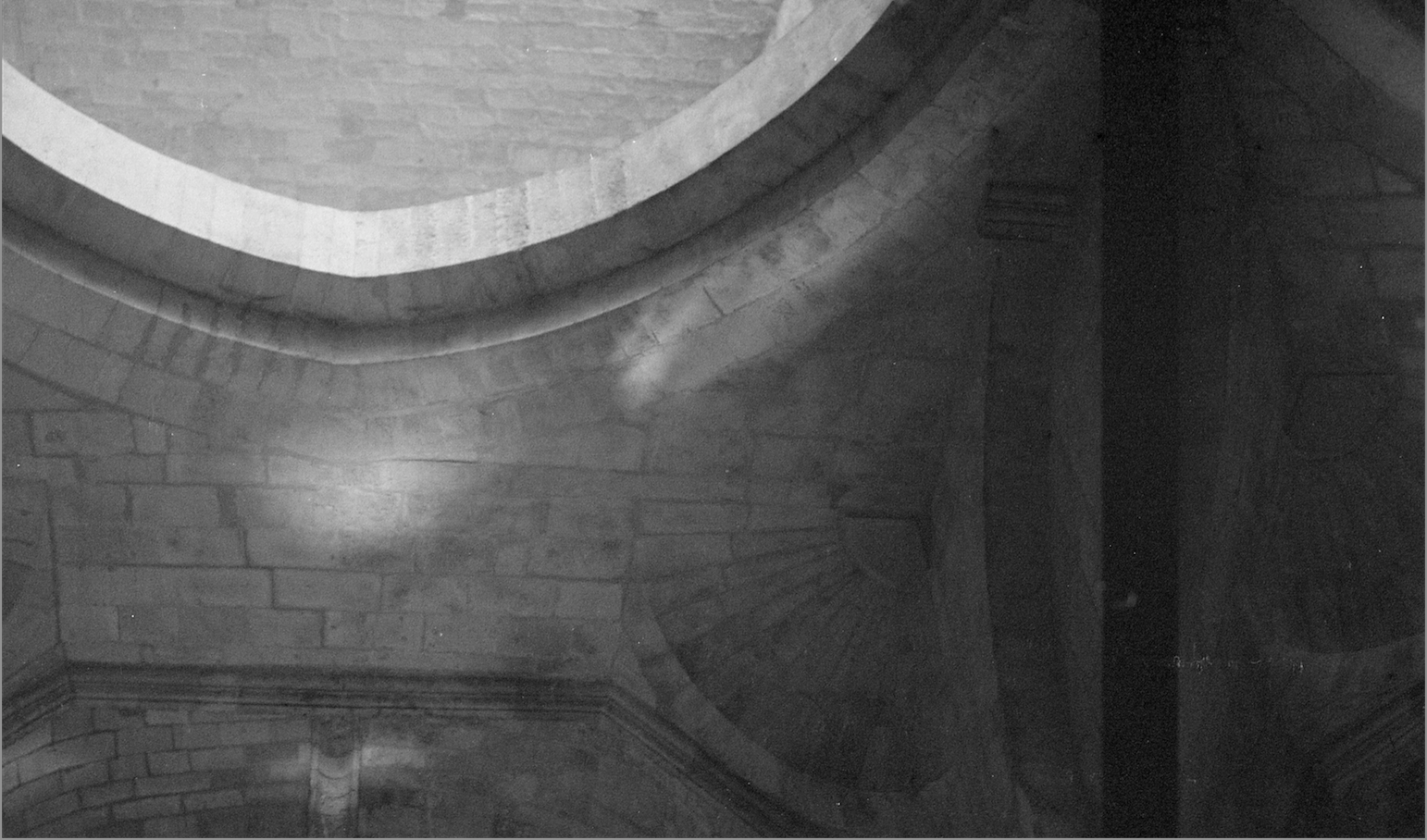Trisha Donnelly
Loved this at The Serpentine at the weekend. Take a look at her online film here too.
Trisha Donnelly, Serpentine Gallery, London, 17 September – 9 November 2014.
INTRODUCTION
‘Some of the objects are sounds; some of the sounds are drawings, but I think that the drawings that I do are more of a physical realisation of what I am thinking than of myself.’1
The Serpentine presents an exhibition by American artist Trisha Donnelly. Her medium-spanning interests are concerned with transmissions and evasion, both in their physical form and in her aversion to verbal or written interpretation of the work. Her exhibitions traditionally eschew press releases, catalogue essays and wall labels, with the artist intent on avoiding the bureaucratic trappings of exhibition display. For Donnelly’s 2002 solo show in New York, the exhibition checklist was devoid of information and instructed visitors to ‘see front desk for title’ – where they were instead played a series of electronic beats. In her 2008 exhibition at Philadelphia’s ICA, a rare occasion where she permitted any didactic materials, the exhibition catalogue provided only a straightforward (though meticulous) physical description of each work.
Donnelly’s exhibitions are also often site-specific – responding to, reacting and intervening with an existing space. Thus, the architecture in which her work is displayed is considered as much a part of the exhibition as the installed pieces themselves. In her 2007 exhibition at Modern Art Oxford, Donnelly made selective changes to the gallery’s structure, lighting and sound, to better merge the space with that of her work. The following year, at Chicago’s Renaissance Society, Donnelly removed existing window frames, walls, and fluorescent lighting as part of her installation.
The artist’s exhibition at the Serpentine is equally reactive. Since discussions for the show began five years ago, Donnelly’s response to the space has developed and changed – resulting in an exhibition that speaks to her now-nuanced understanding of the Gallery, from the domed central ceiling to the changing light during the course of the day.
In preparing for this exhibition, Donnelly looked through archival photographs from the 1994 renovations to the Gallery. These showed the metal support studs behind the modern false walls and the original brick structure beneath – built in 1934 as a tea room for Kensington Gardens. These images lead her to remove sections of the walls, not to reveal but to impact the space by creating column-like forms and openings, shifting our spatial understanding of the Gallery. Donnelly has also made other, more-subtle changes to the space by altering the lighting and modifying windows, while opening another entrance directly from the park. This second entry point not only offers a new orientation to the space, but also dilutes the idea of a definitive path through the exhibition – one that traditionally starts with external signage, the lobby, and introductory text.
Donnelly’s interventions form an altered space in which to encounter her work – a series of projected videos and stills, sculptures, a sound piece – exploring integral relationships between object and space. These relationships are key to Donnelly’s practice. The sound piece, which resonates throughout the exhibition, has been conceived spatially – carefully installed and altered to occupy the environment, creating a sonic form which accompanies the sculptures and silent videos. In the same manner, these projected videos have been modified to inhabit the Gallery, precisely positioned and adjusted to sit in the existing architecture.
While Donnelly works across a range of mediums, her practice evades formal artistic preconceptions with the term ‘medium’ itself. In the words of curator Hamza Walker, ‘Donnelly genuinely has no medium’.2 Stills are projected as videos; videos appear sculptural; drawings take on a three- dimensional form. The monolithic marble and stone sculptures’ machine- made marks appear as shifting lines – echoing back to the lines in her drawings, videos and sound waves. The lines, shapes, and dimensional shifts repeat across the mediums, creating a fluidity of form.
Donnelly’s work is neither abstract nor representational. Her videos oscillate and ripple, offering only suggestions of their content; the images too present only hints of shape and reality through their many processes, occasionally betraying a subject or location. Both have no narrative
or climax, often looping according to their own form. As with much of
the artist’s work, the method and means of production are not clear or explicitly revealed.
1 Hans Ulrich Obrist, ‘Trisha Donnelly: She Said’, Flash Art, March–April 2006, p.60.
2 Hamza Walker, ‘As Free as the Squirrels’, The Renaissance Society, University of Chicago 2008
Julia Peyton-Jones
Director, Serpentine Galleries and Co-Director,
Exhibitions and Programmes
Hans Ulrich Obrist
Co-Director,
Exhibitions and Programmes
and Director of International Projects
